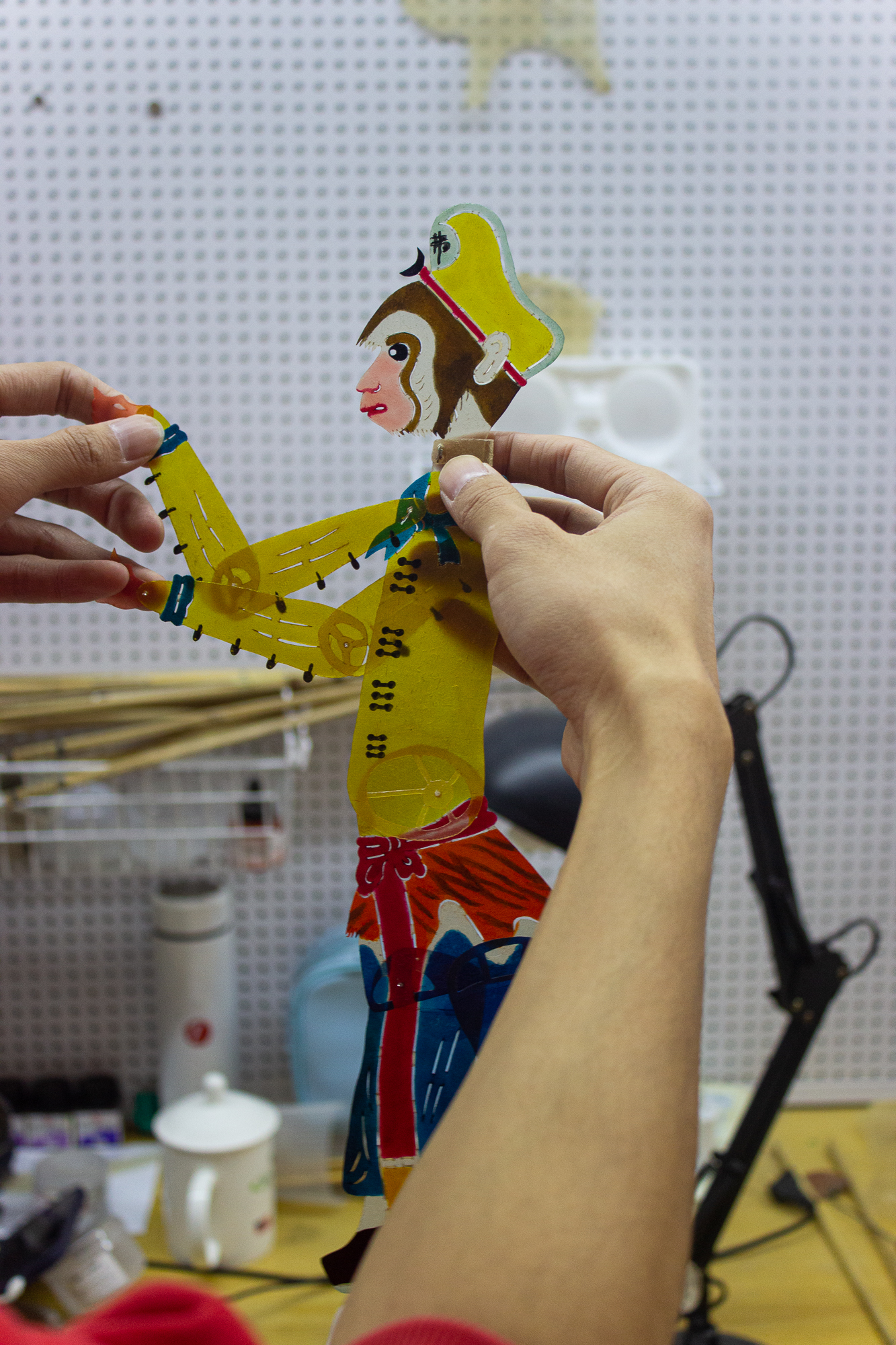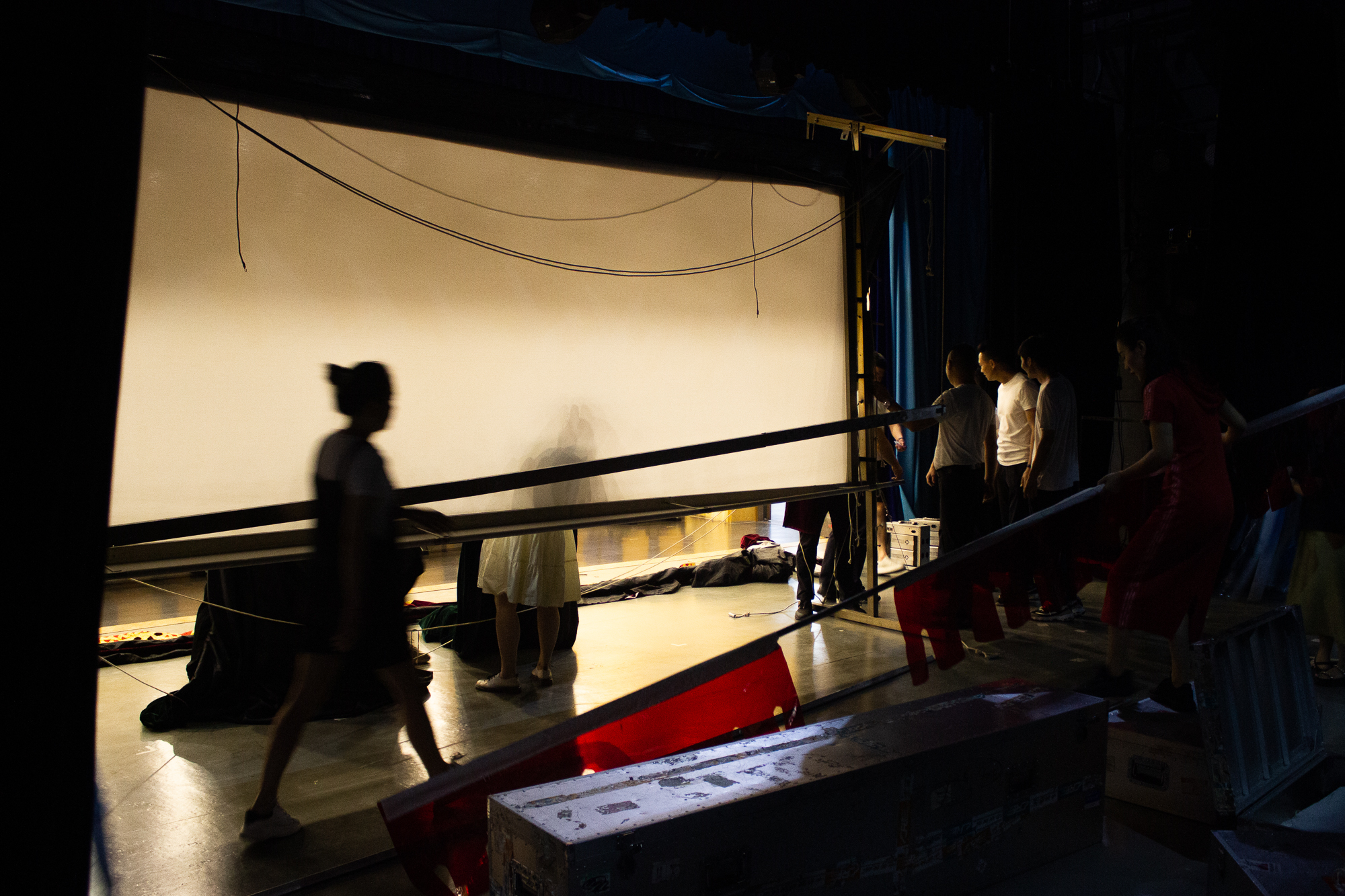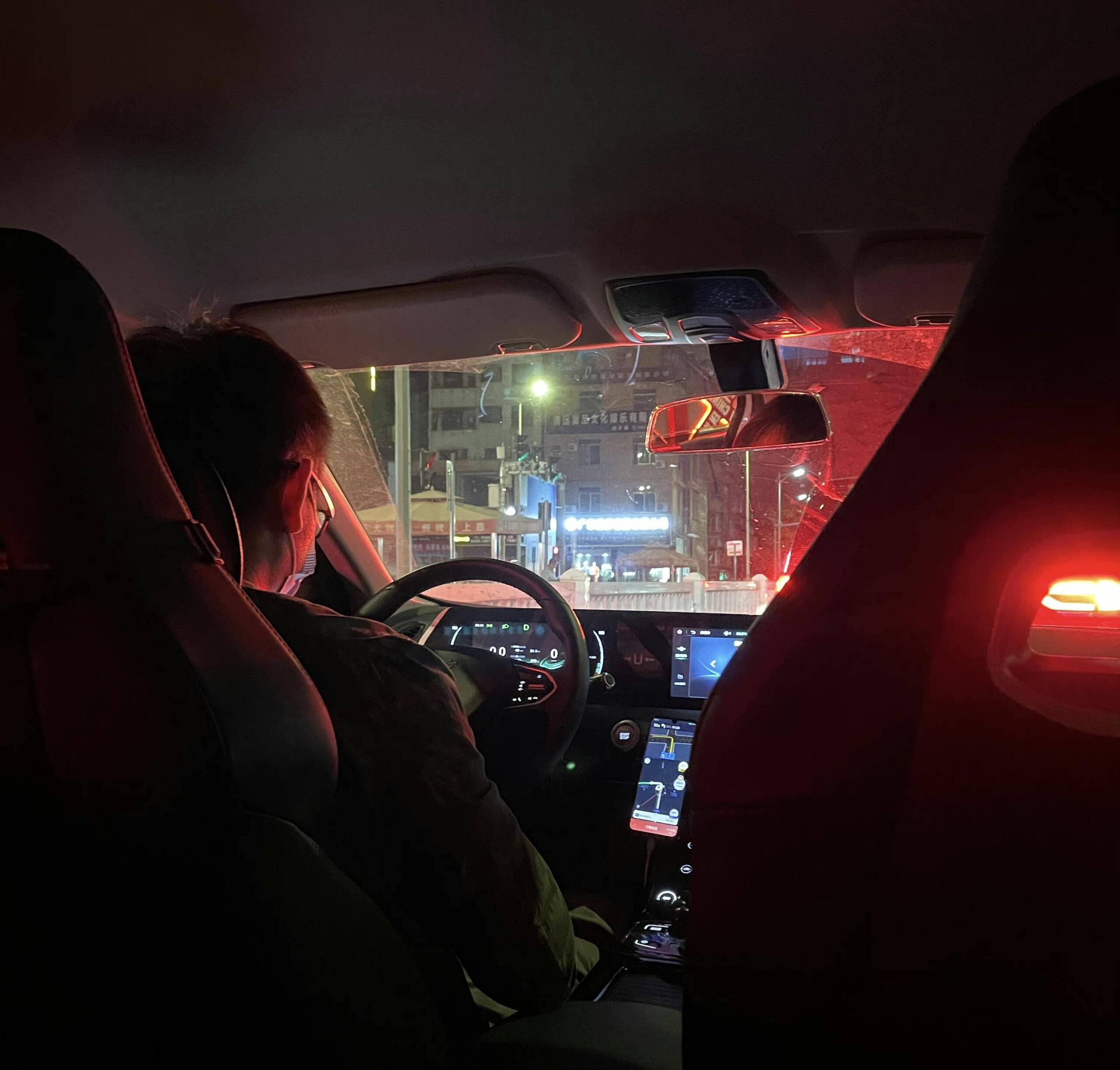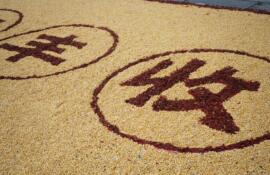On a typical Wednesday morning, Ou Tan, the 35-year-old Chinese shadow puppeteer from Hunan Puppet and Shadow Art Troupe, is taking Chinese classical dance lessons with other female puppeteer colleagues.
“The troupe arranged the dance class that allows us to have a better understanding of body movements,” said Ou.
“When performing with the puppets, it helps us create the illusion that it is like real people moving.”
Chinese Shadow puppetry is a folk street art that originated with Chinese folk artists about two thousand years ago. In 2021 it was added to UNESCO’s Representative List of the Intangible Cultural Heritage of Humanity, which contains intangible cultural heritage elements that “help demonstrate the diversity of cultural heritage and raise awareness about its importance”. It is included alongside Peking Opera, traditional calligraphy and the Dragon Boat Festival.
This photo essay goes behind the scenes to explore the daily rehearsal life of puppeteers at Hunan Puppet and Shadow Troupe. The photos reveal how a historical heritage art is performed in modern times. Shadow puppetry is an example of the rich cultural heritage of Chinese art and culture, and one that has influenced many other forms of art.
I grew up in a traditional artistic family with an awareness that a lot of folk art is forgotten by people because their daily lives are so busy and a belief that we should celebrate the spirit that folk art represents.
Shadow puppetry has inspired many artists, including Wan Laiming, the animator of the movie Monkey King: Havoc in Heaven (1963), who then inspired Osamu Tezuka (The Walt Disney of Japan). The main character in the famous novel “To Live”, by Chinese novelist Yu Hua, is also a shadow puppeteer.
Shadow puppets are made from leather. The translucent, coloured leather allows the character figures to ‘come to life’ using artificial lighting in front of a white curtain. The puppets are so well made that Hunan Puppet and Shadow Art Troupe some of their puppets are still in good condition after more than 40 years of performances.
The character design is very traditional, for example, Wu Kong – the Monkey King – has the same colour pallets: yellow, red, and green or blue, whichever troupe he appears in.
“The common acknowledgment of the colour design of Wu Kong (also known as Sun Wukong) may date back to the movies of Wu Kong by the Shaw Brothers (Hongkong) in the 50s and they were inspired by Wu Kong’s costumes in Chinese Opera,” Xiujun Xiao, who works in the troupe’s prop department, explained.
“The first thought of people about shadow puppetry is ‘what is this old play?’ said Ou Tan.
“I even felt that myself when I first started learning it.”
With smartphones and social media taking up today’s children’s entertainment activities, shadow puppetry is more like cultural heritage and art education for young children than a popular hangout activity.
Most art troupes of intangible cultural heritage in China need support from the state or government to survive, and its survival was made even harder when Covid forced a number of performances to be postponed.
“We performed overseas before Covid, in France and Japan,” said Ou, “we went to Festival Avec Ou Sans Fils in 2017 in France, and it was fun, a nice cultural communication I would say… how different cultures background and history came up with such different kinds of puppetry but also similar logic among all.
“European audiences told me that for most it was their first time watching Chinese shadow puppetry, and they were blown away by how vivid it was performing in light and shadow.”
























